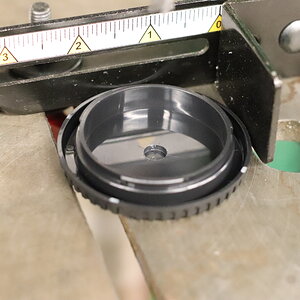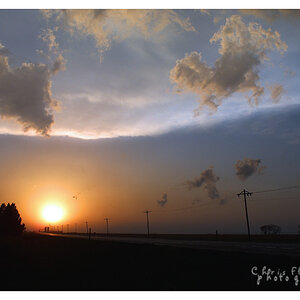frXnz kafka
TPF Noob!
I believe the new Canon 40D and 1D grips have this ability.Not so much an image thing, but are there any dslr's out there that can mail pictures immediately? I think that might be in the future for photojournalistst. Everybody can send pictures from their (cellphone)camera's now, but the pro's have to upload first. Or am I mistaken?
Edit: From the DPReview.com review of the 40D
WFT-E3/E3A wireless transmitter / grip
The most interesting new addition from an accessory point of view is the WFT-E3/E3A wireless transmitter which now also doubles up as a vertical grip. Attached to the EOS 40D it provides all the normal vertical grip controls as well as WiFi, Wired Ethernet and USB storage connectivity. It has its own BP-511 battery which it is said will last as long (in constant use) as that in the camera. The WFT-E3 supports various protocols including FTP, PTP (remote control) and even has a built-in web server for HTTP browsing of images and remote shutter release.



![[No title]](/data/xfmg/thumbnail/38/38261-db20f6f92ee8f0d4c5cf1536e308638b.jpg?1619738546)

![[No title]](/data/xfmg/thumbnail/38/38262-10a9668da9a2b36a92cddde57caf87bc.jpg?1619738547)






